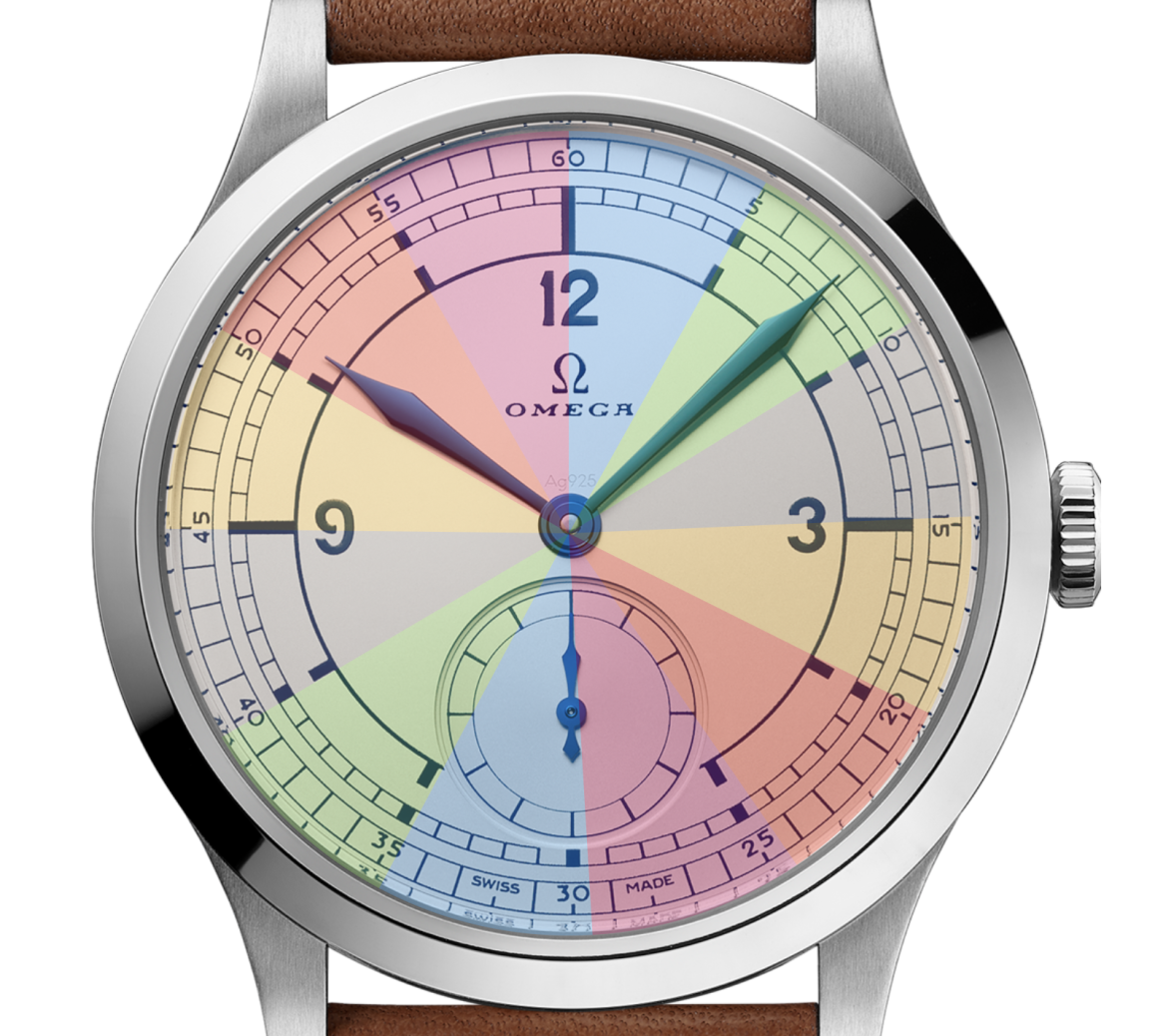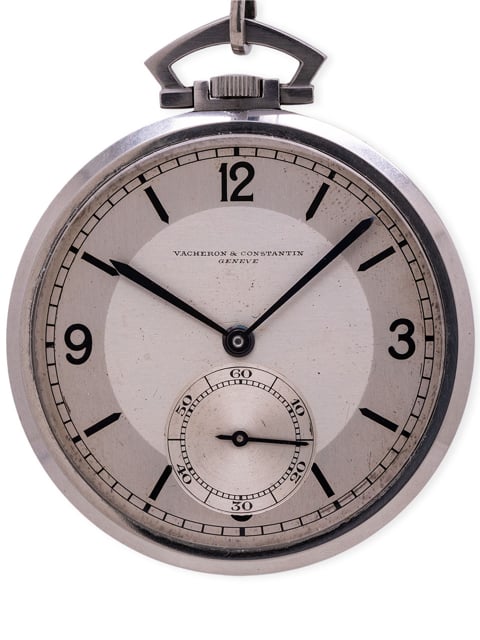DrmexicoII
·So, I'm a bit nervous about starting this as I'm a fairly new to the forum. But... I did a search and couldn't find another thread so, deep breath, who wants to show off their sector dials? I can't get enough of them and it ended up with the purchase of this beauty (and my first omega). Omega or not, I want to see some sector dial goodness!
If there's another thread already please let me know and I'll add to that.
If there's another thread already please let me know and I'll add to that.
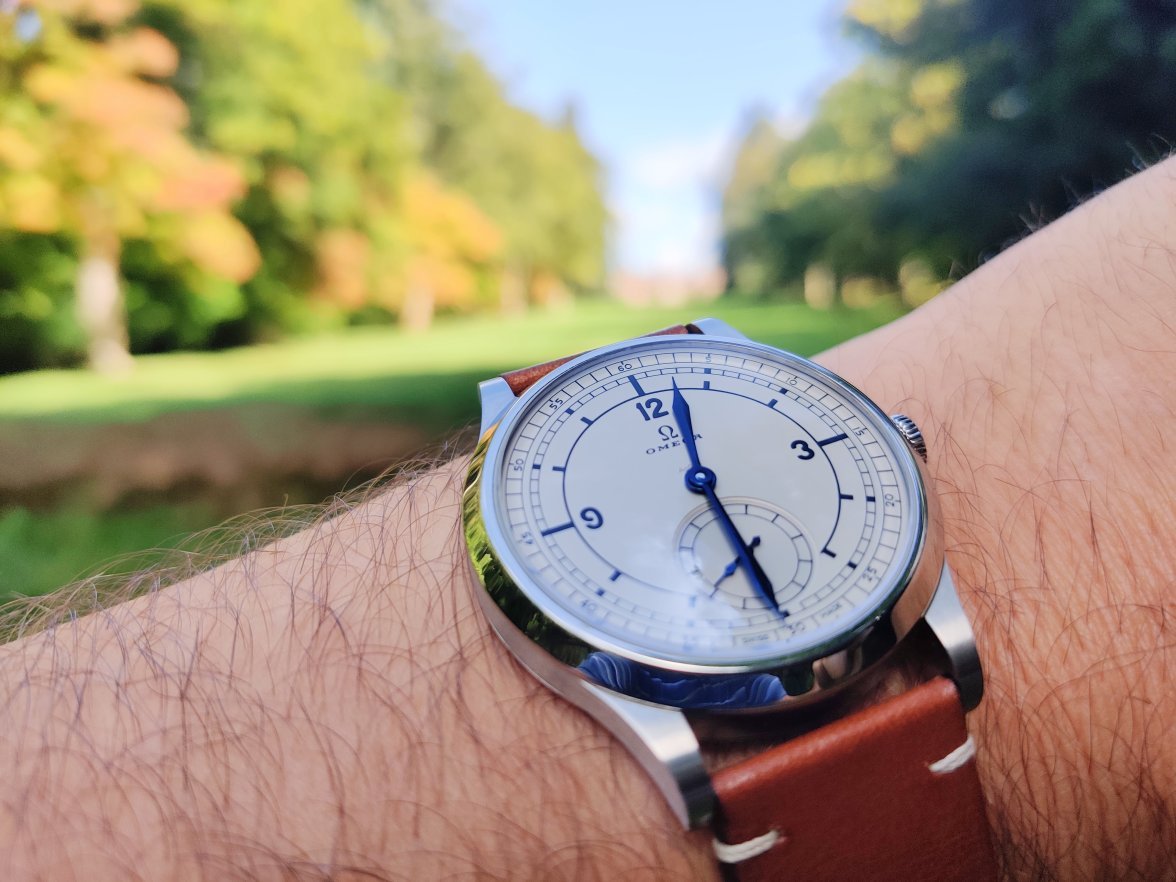
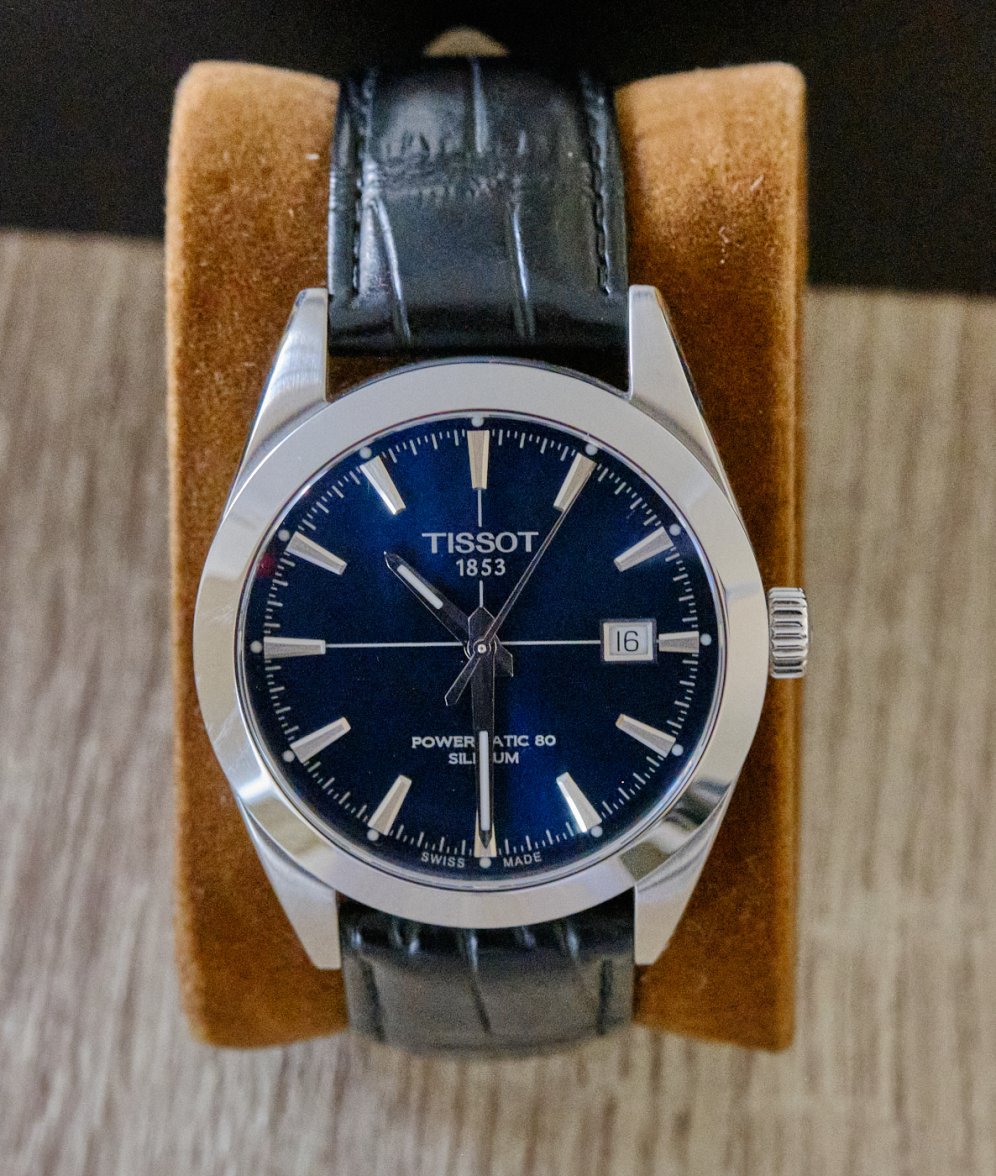
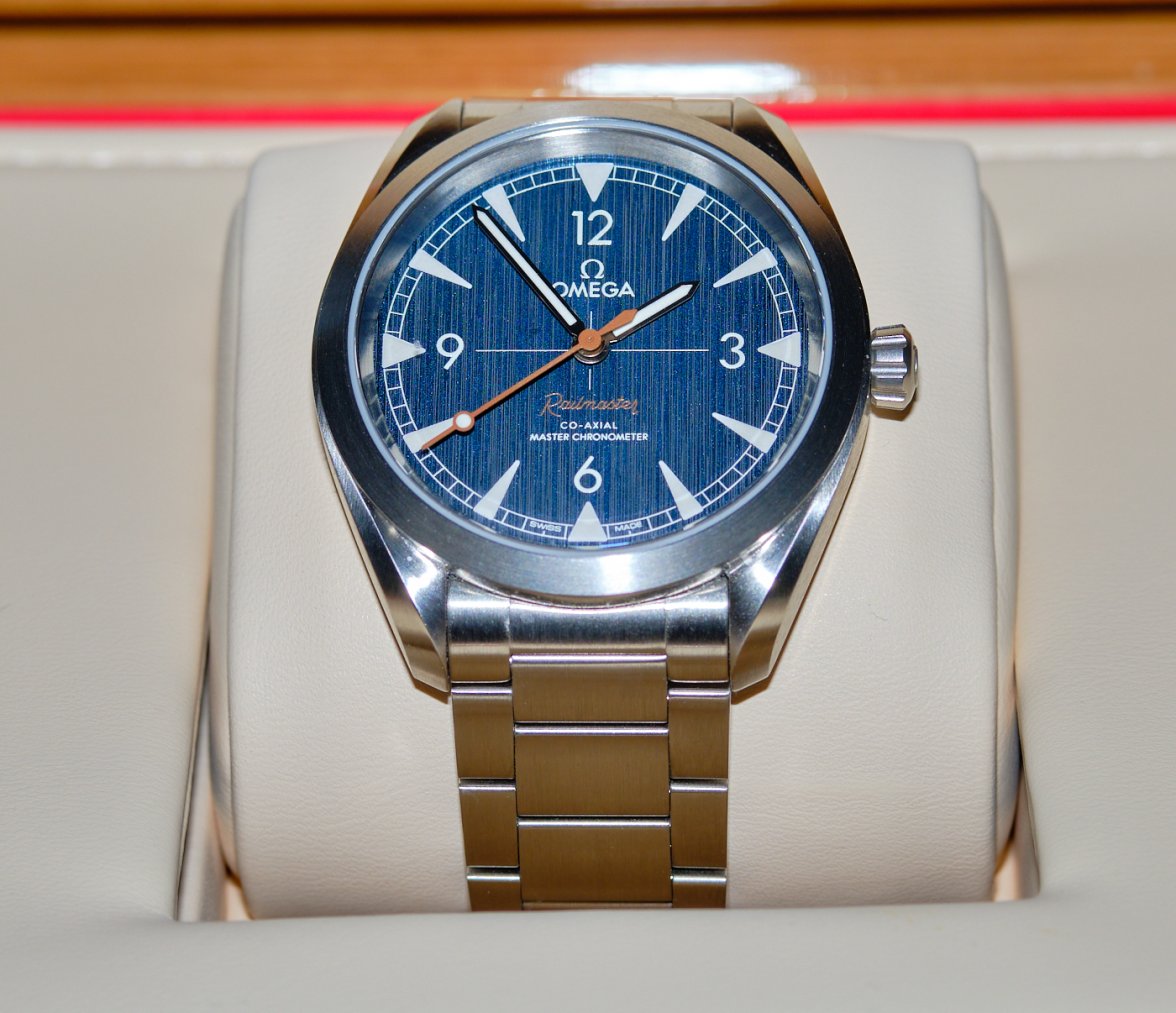


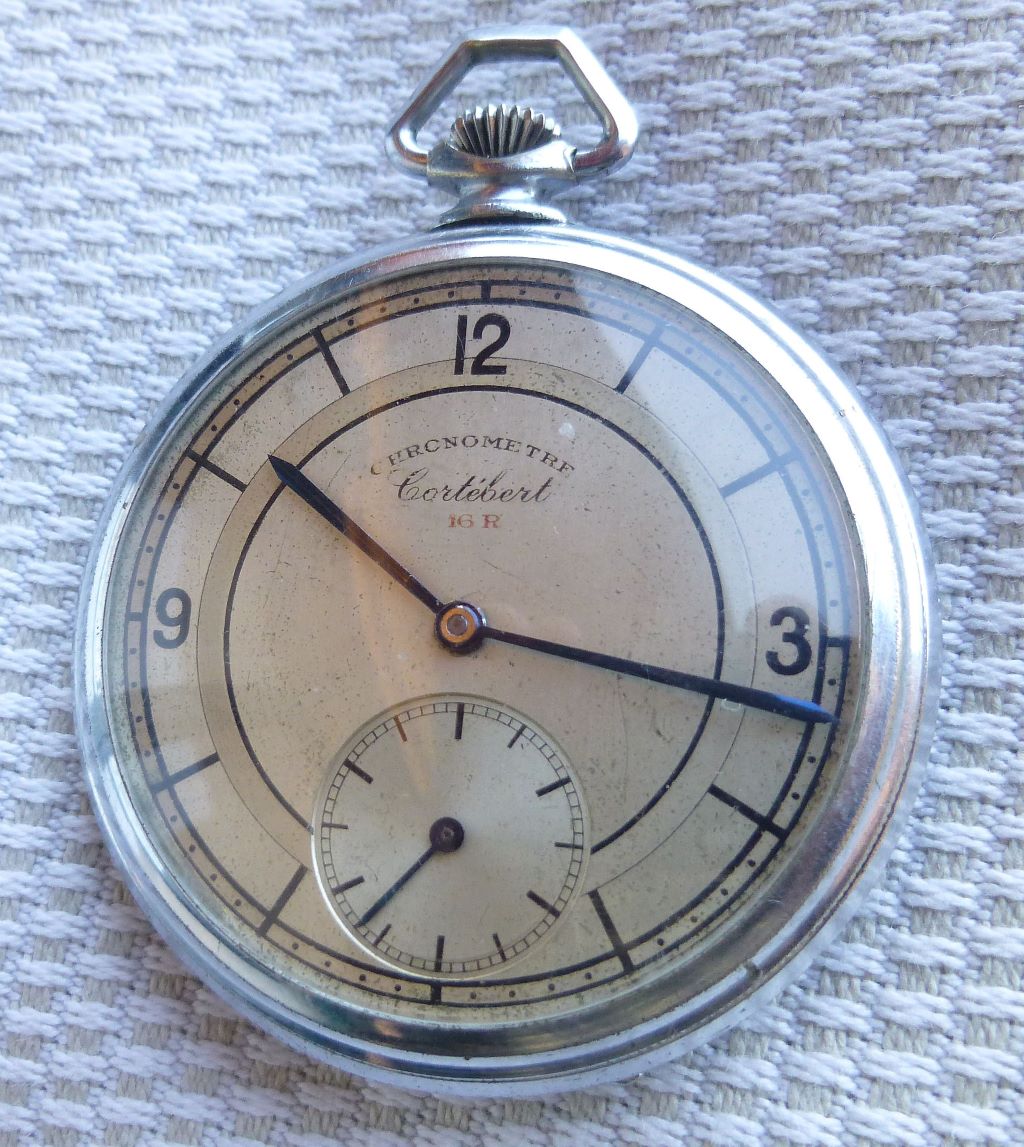
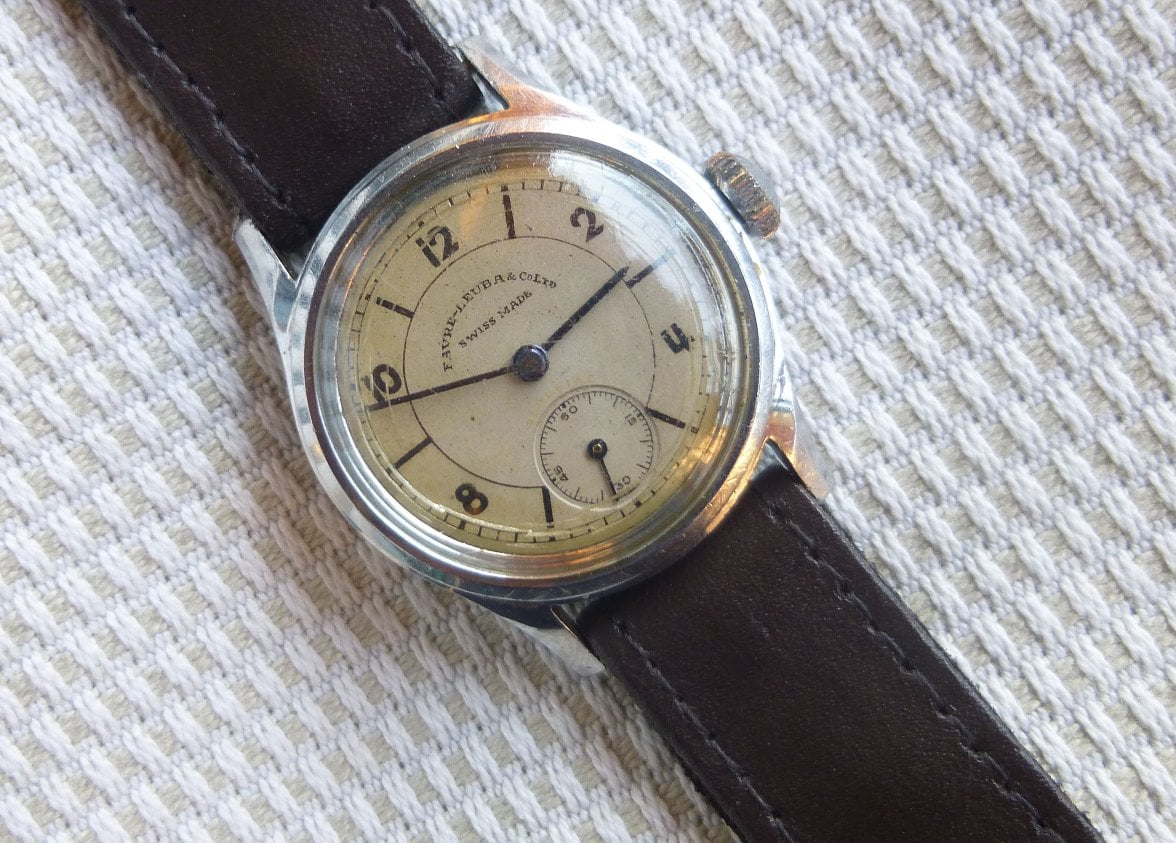
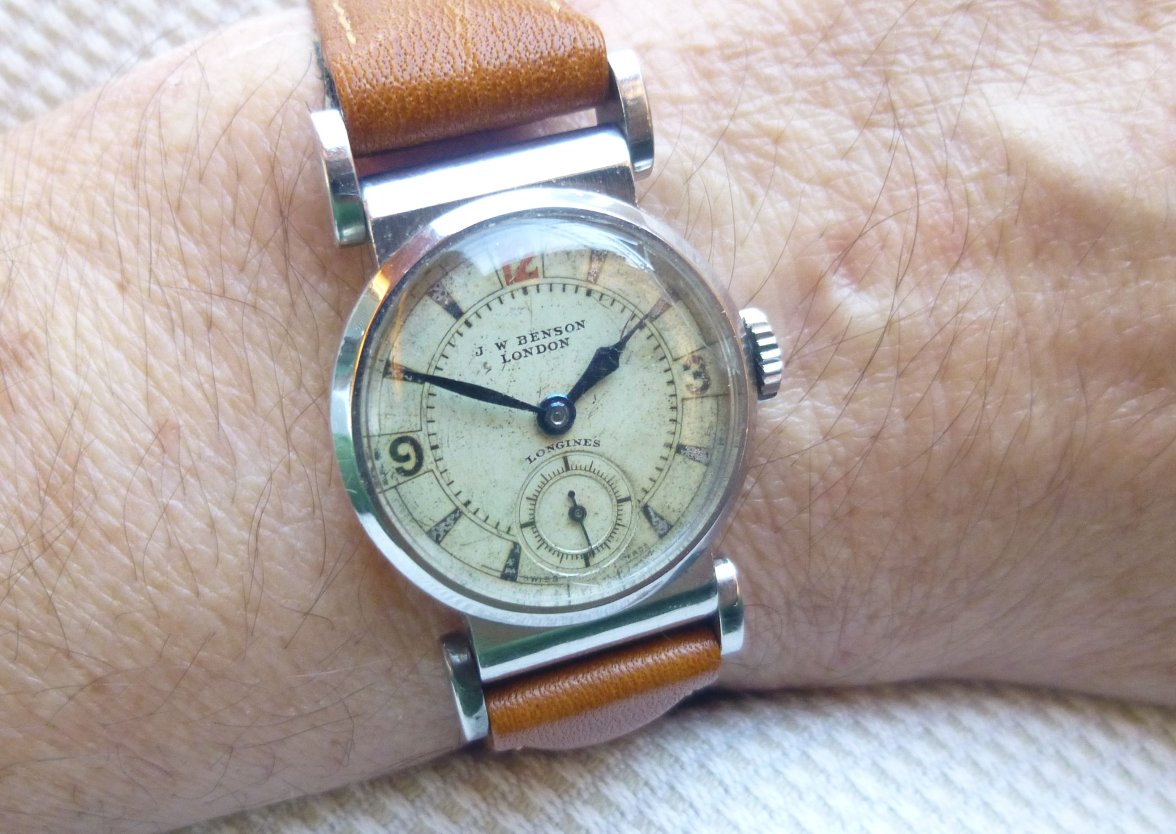
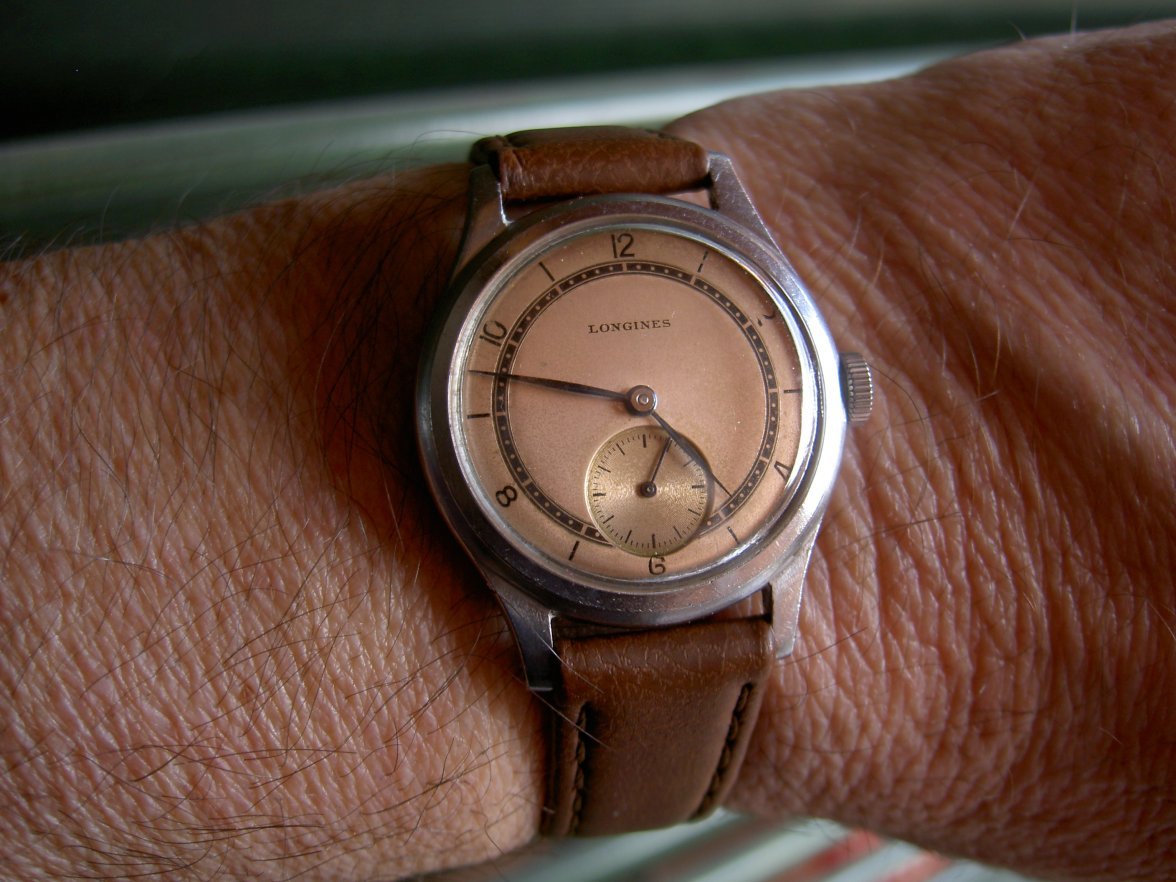
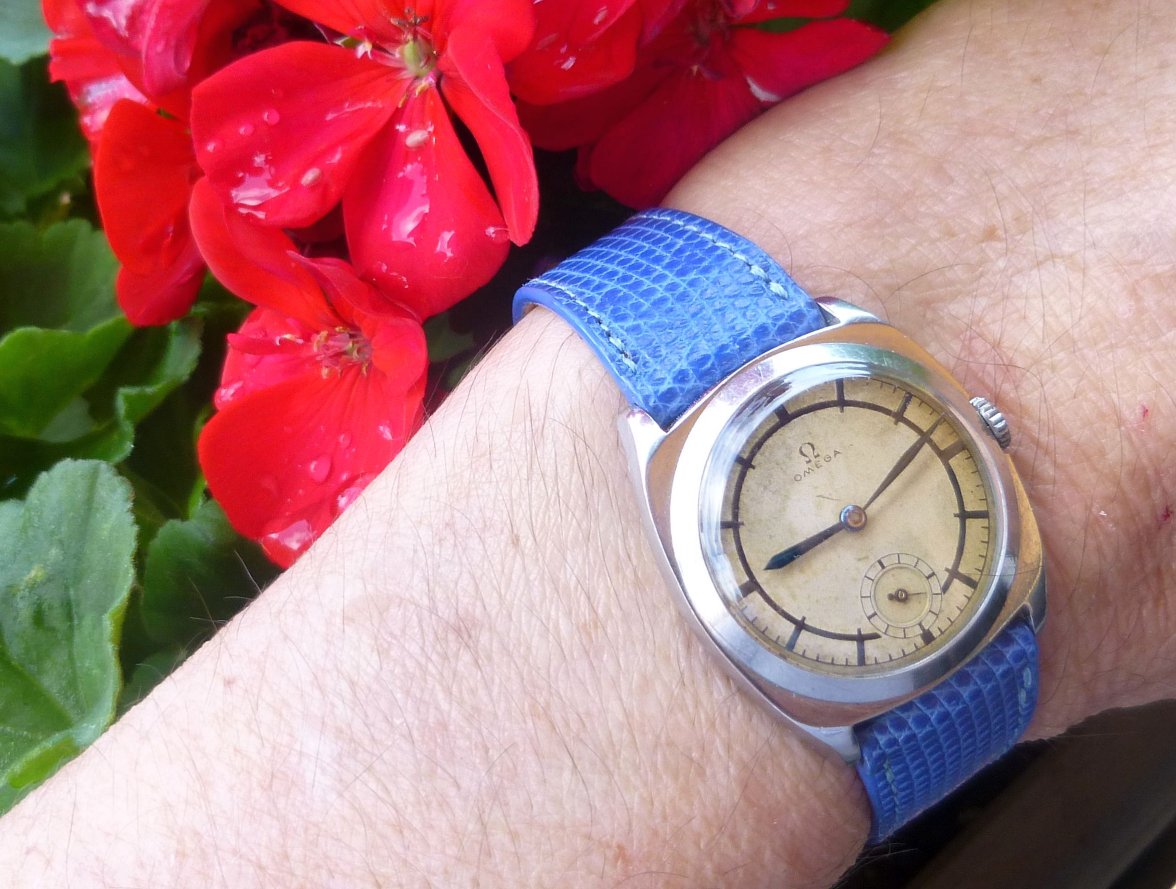
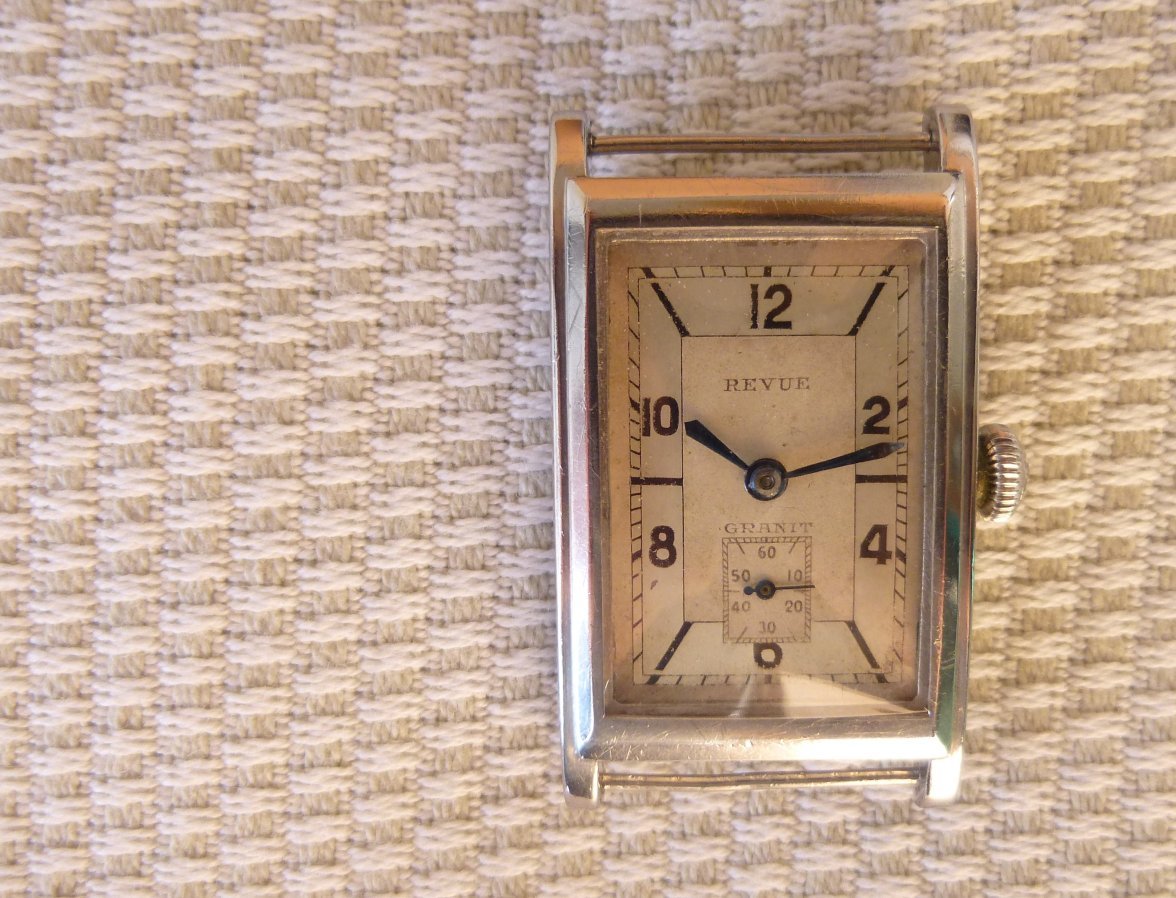
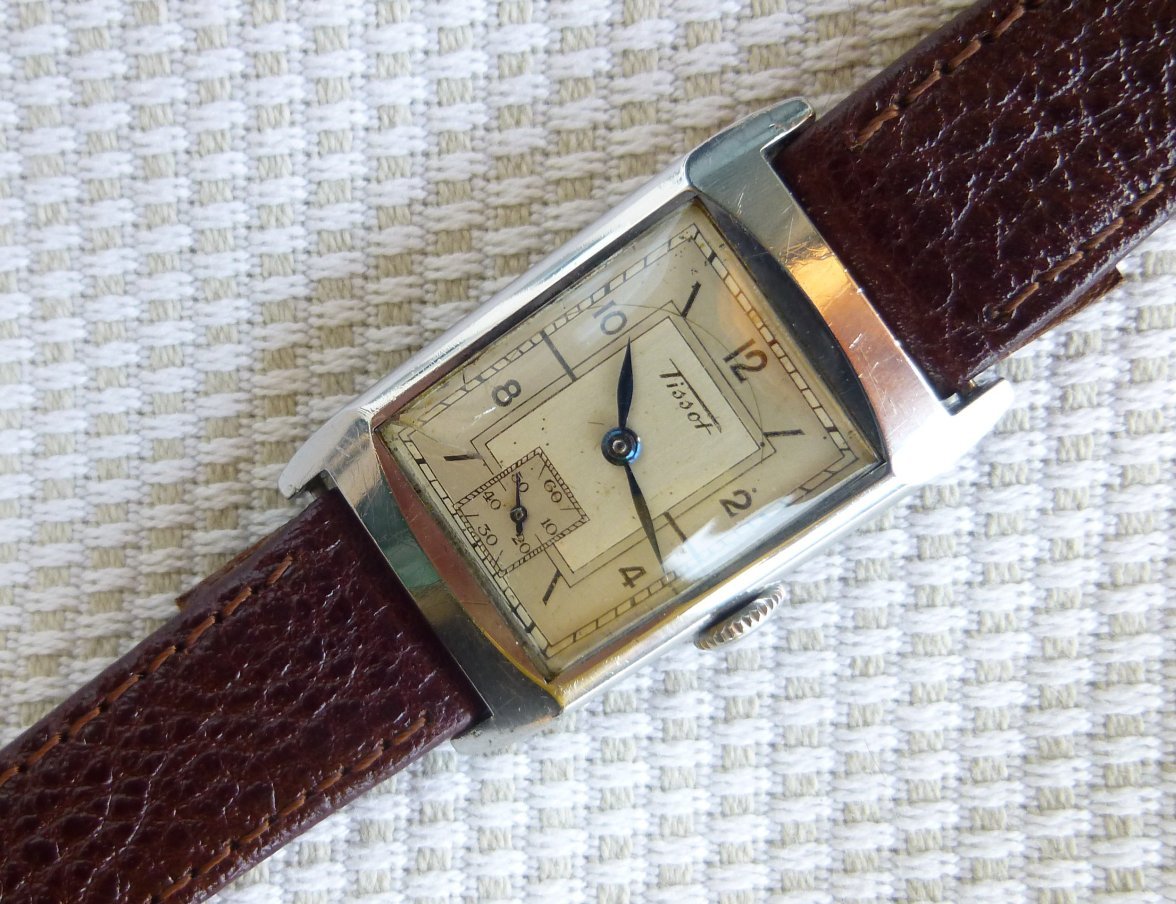
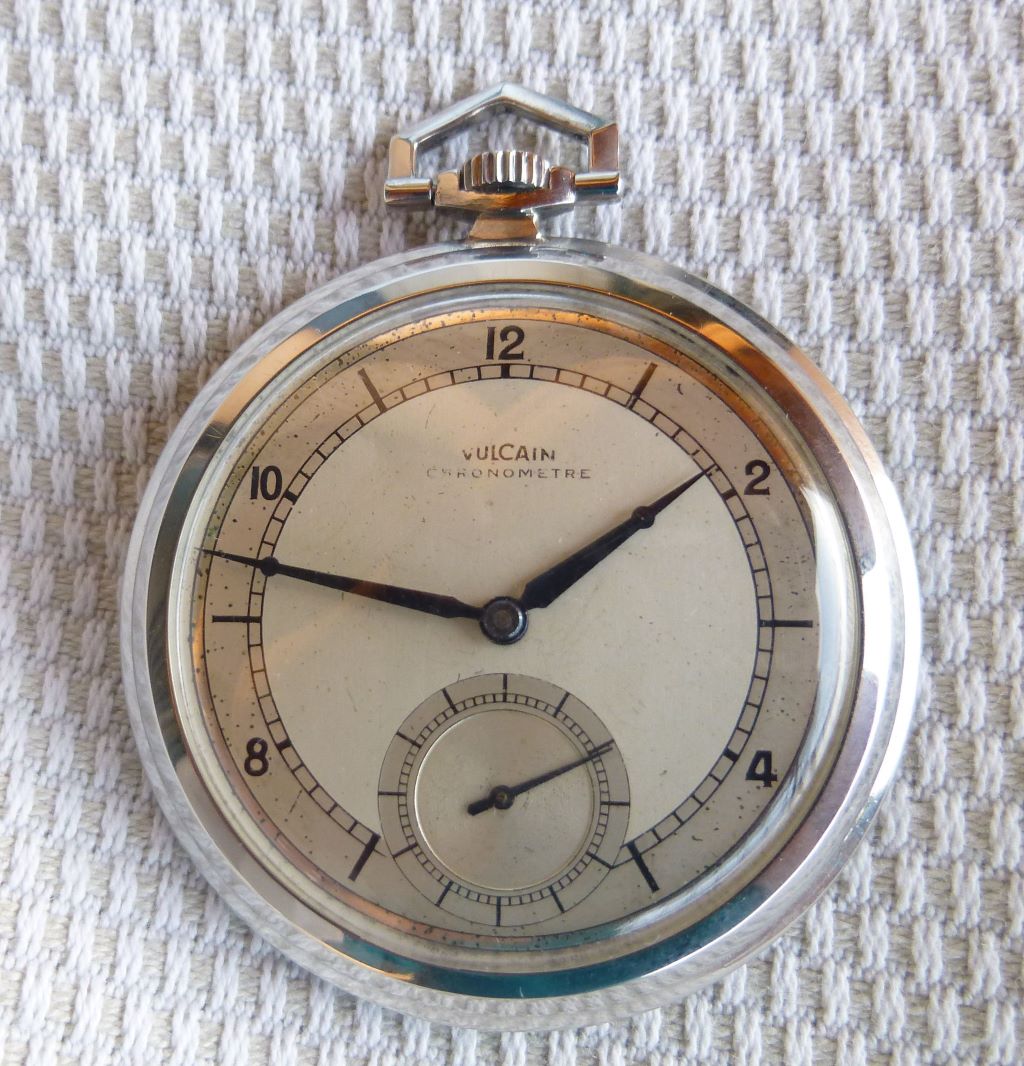
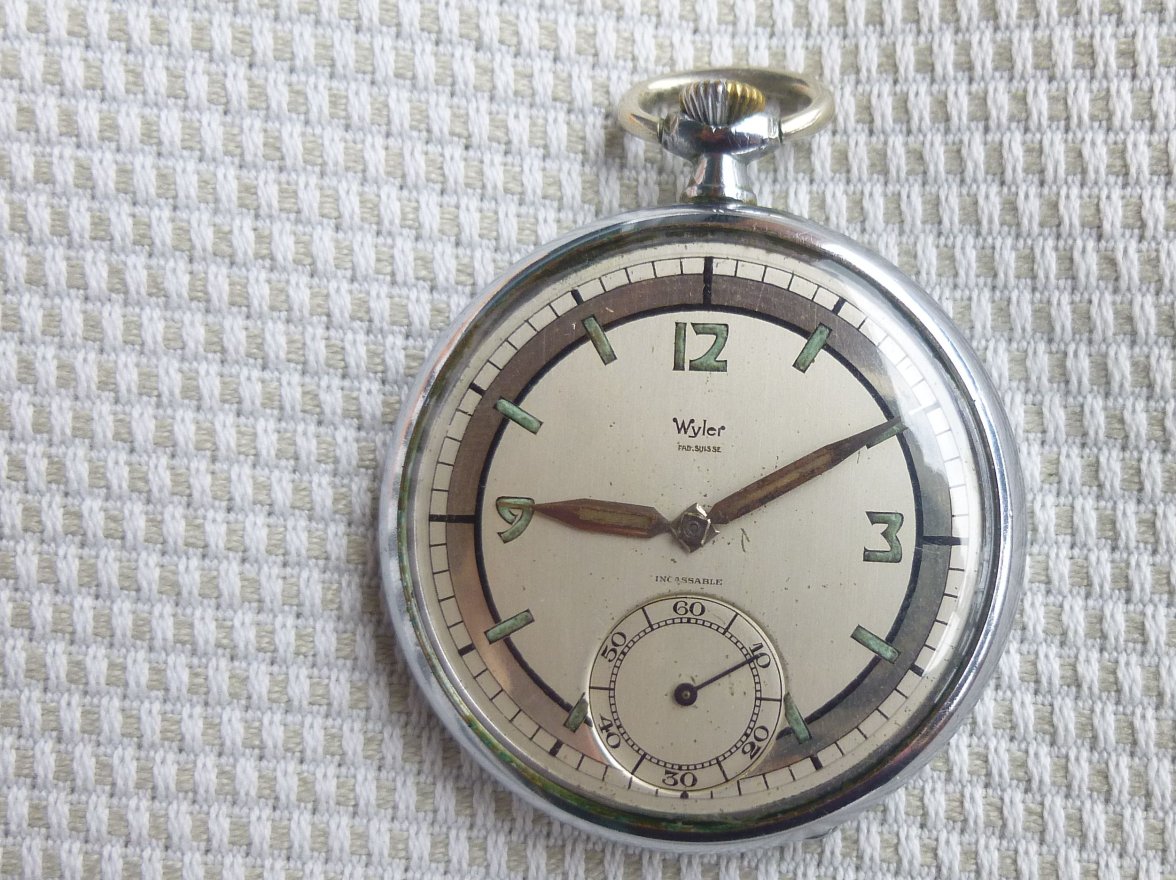
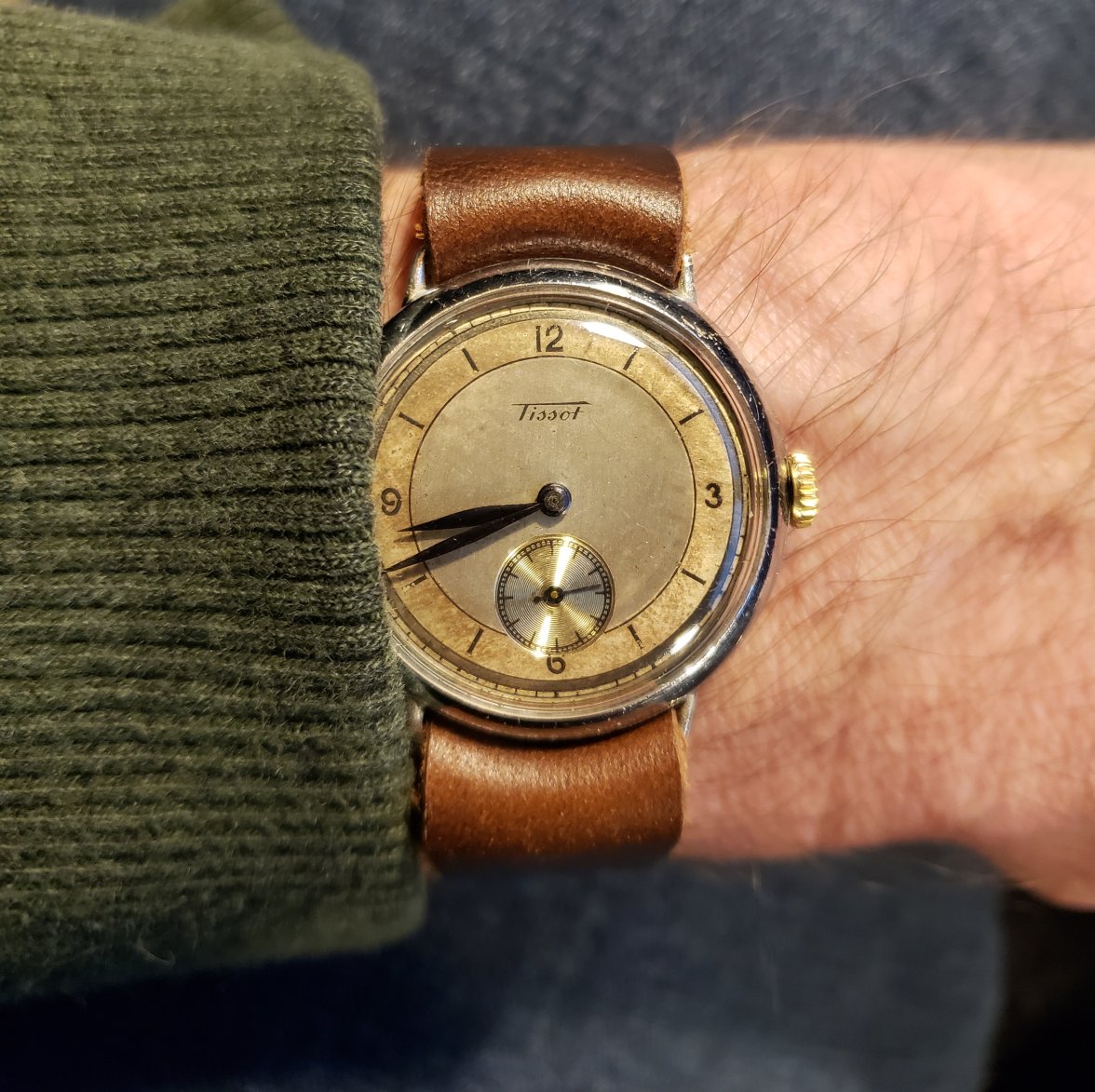
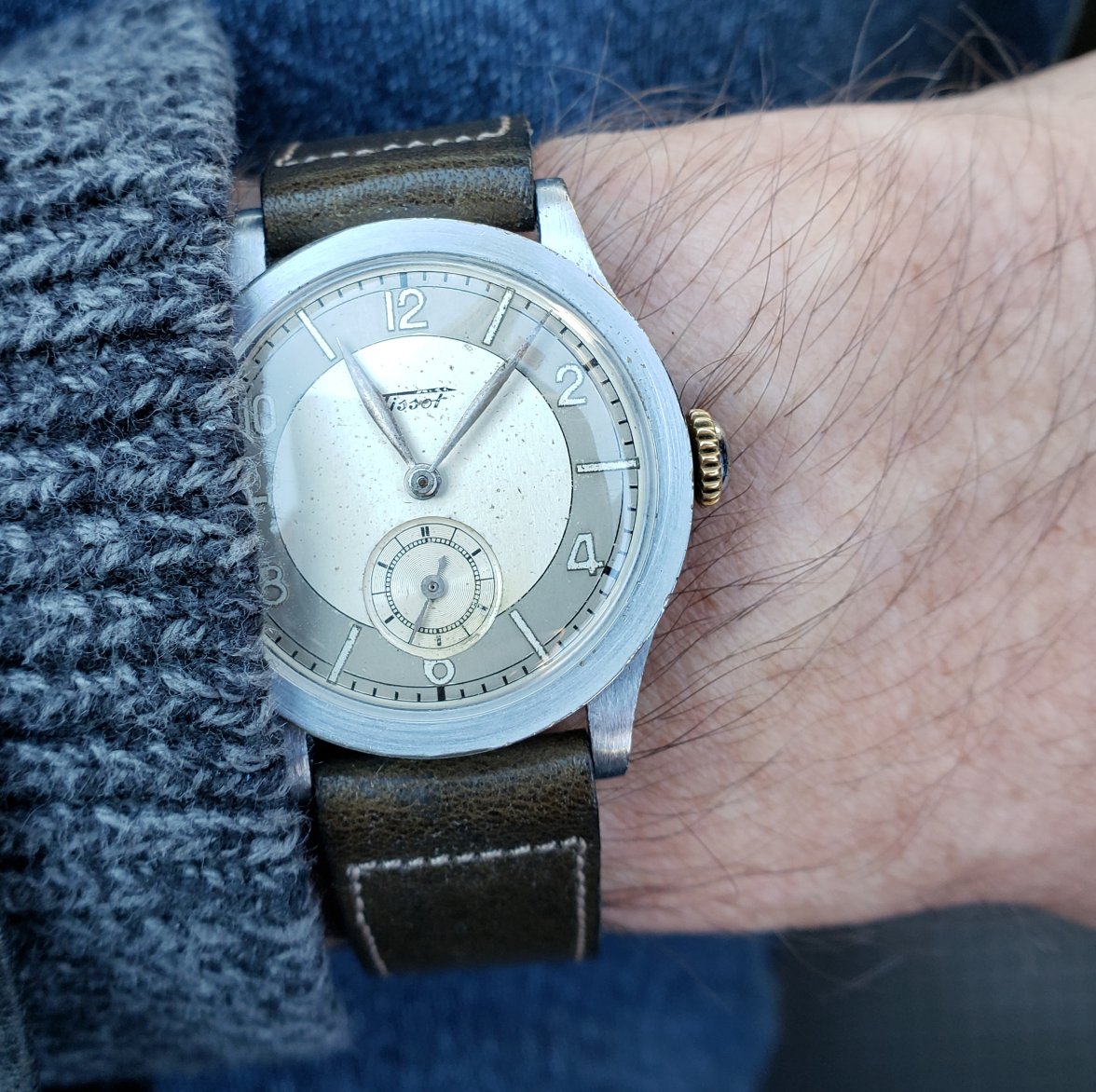
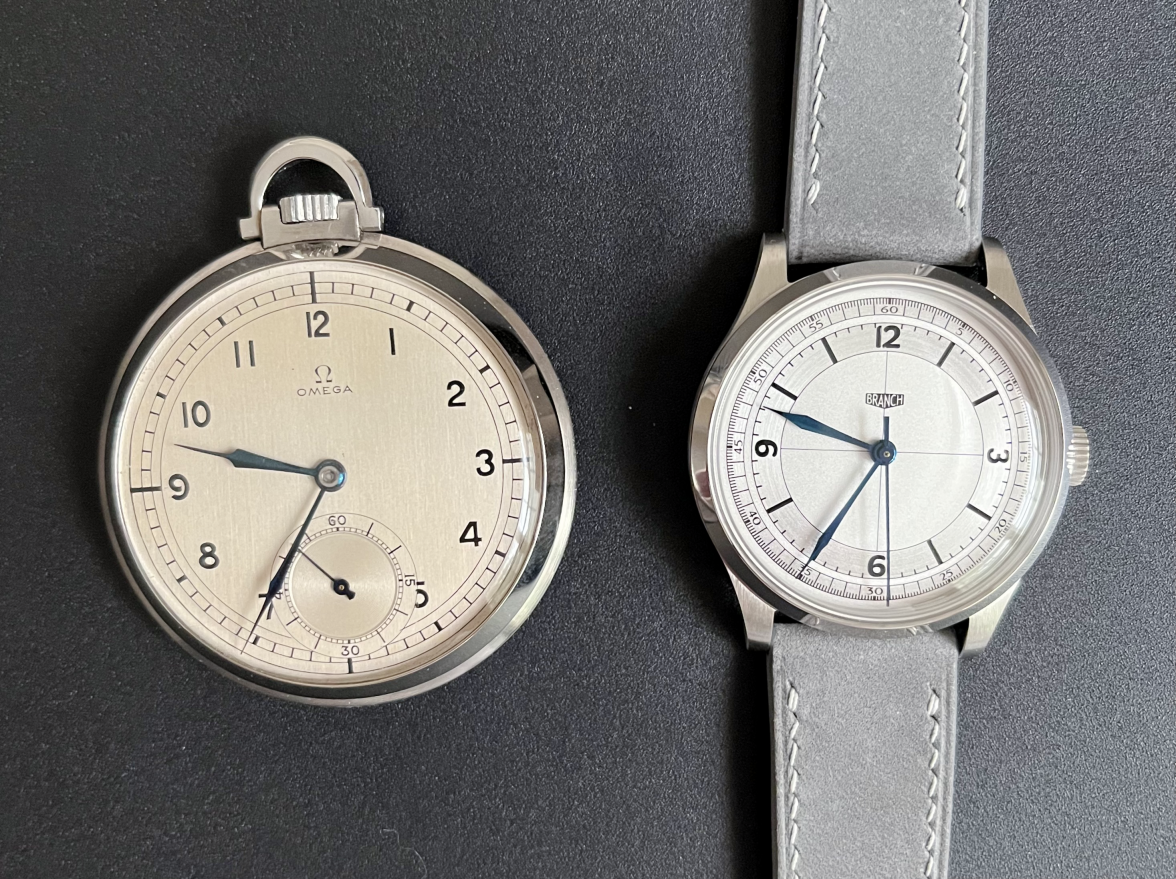
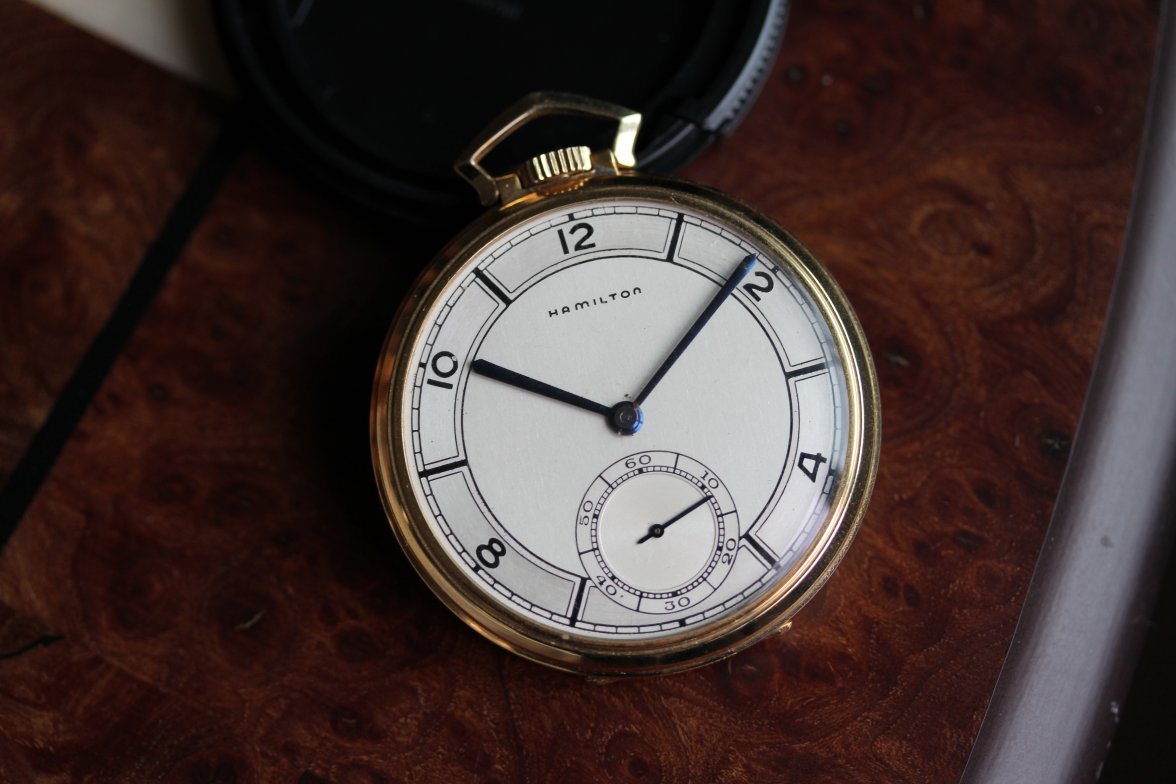
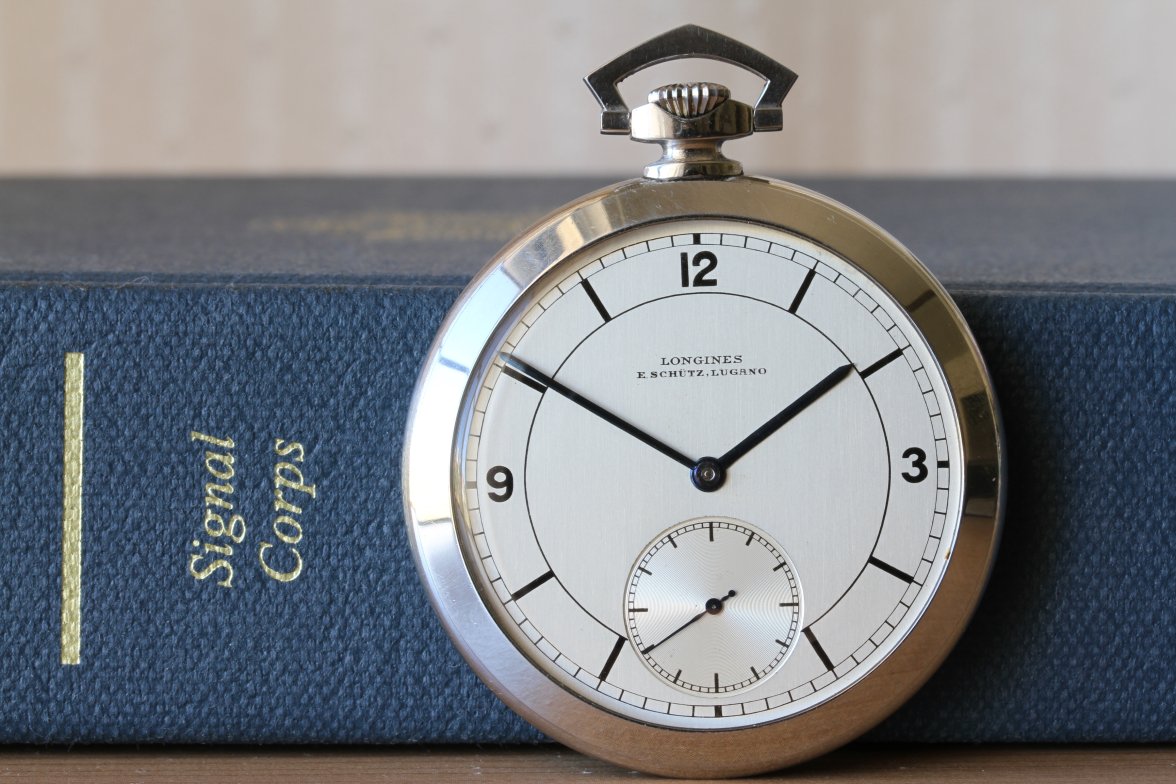

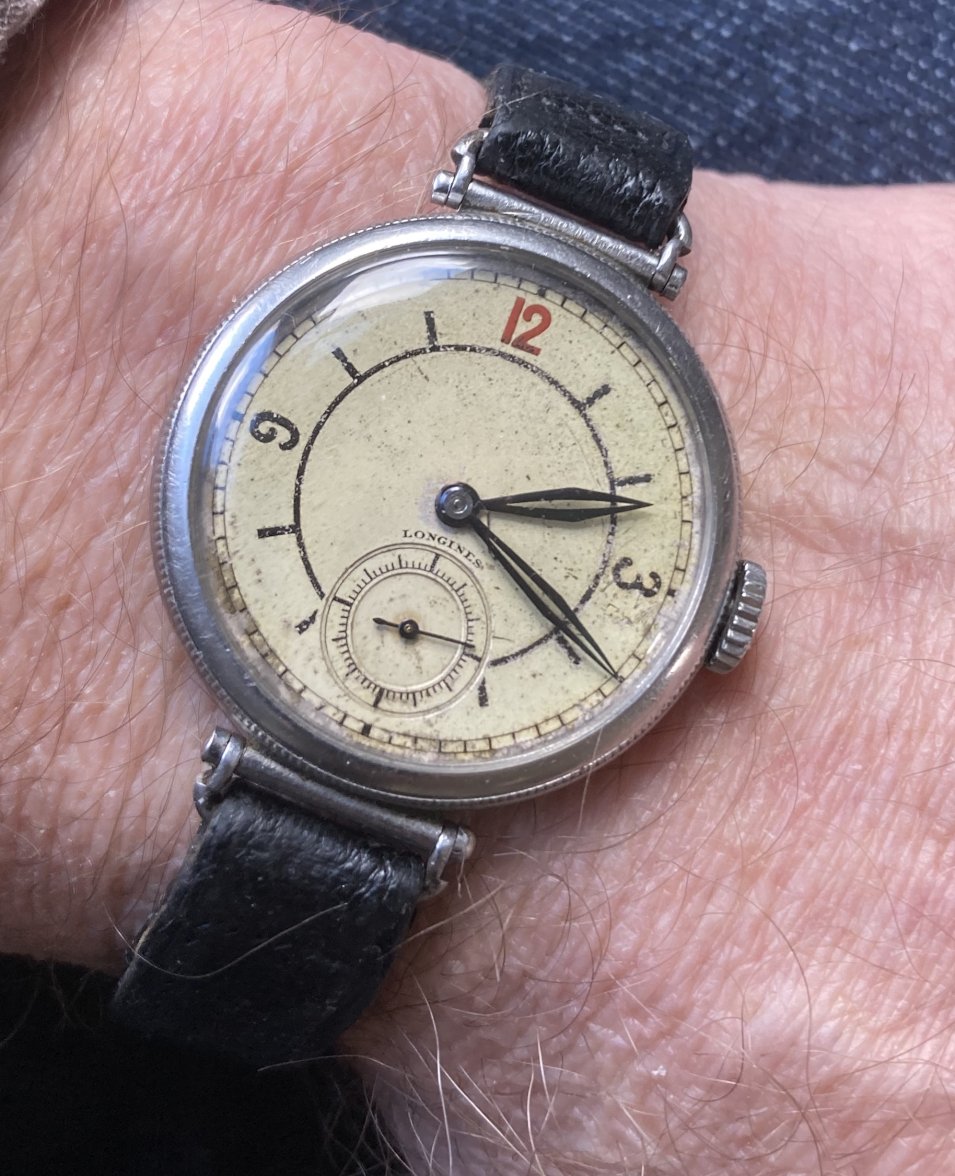
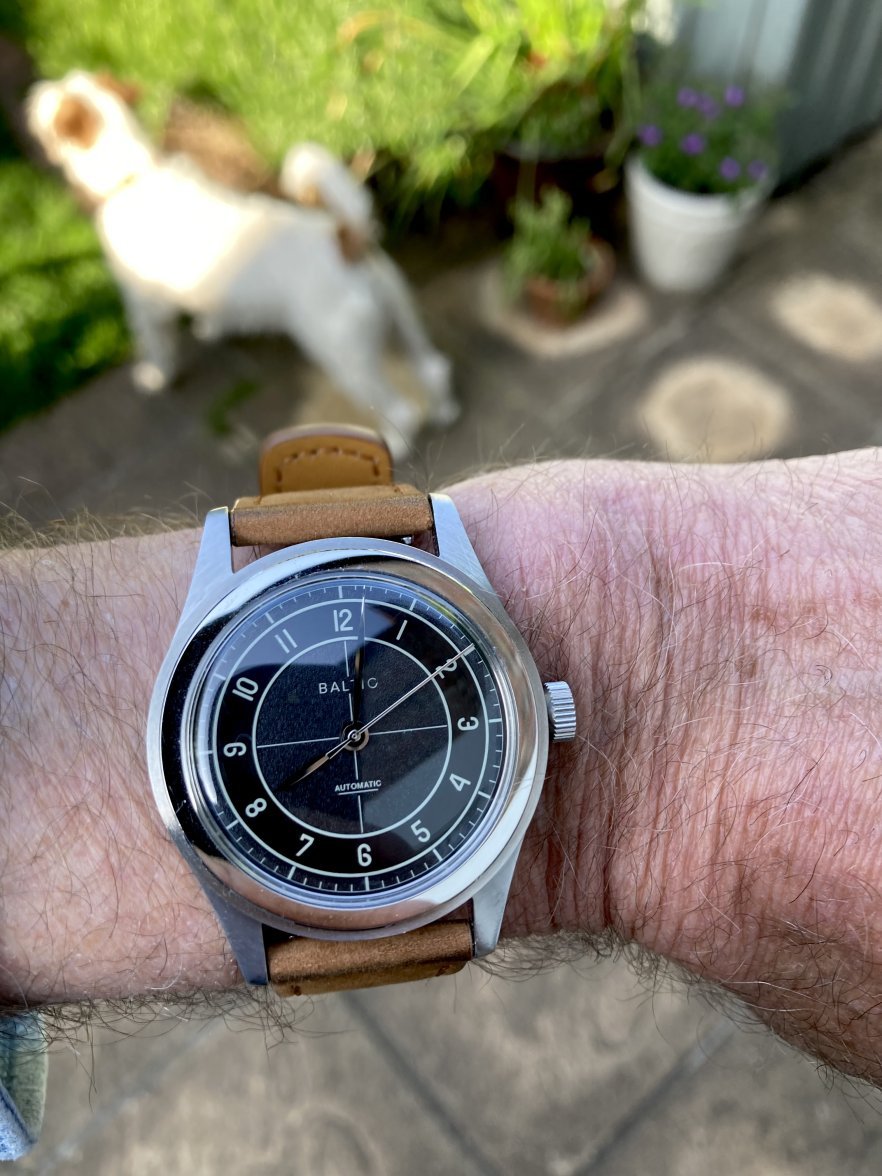
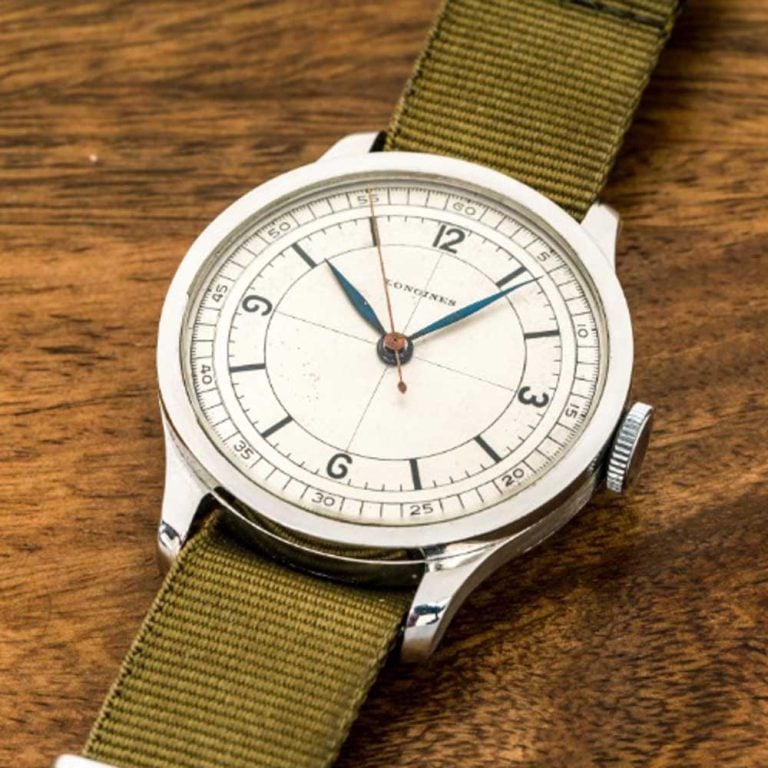
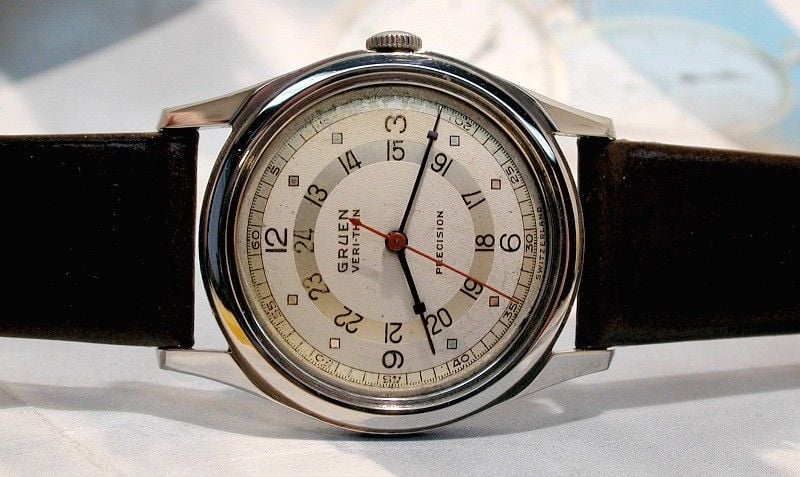
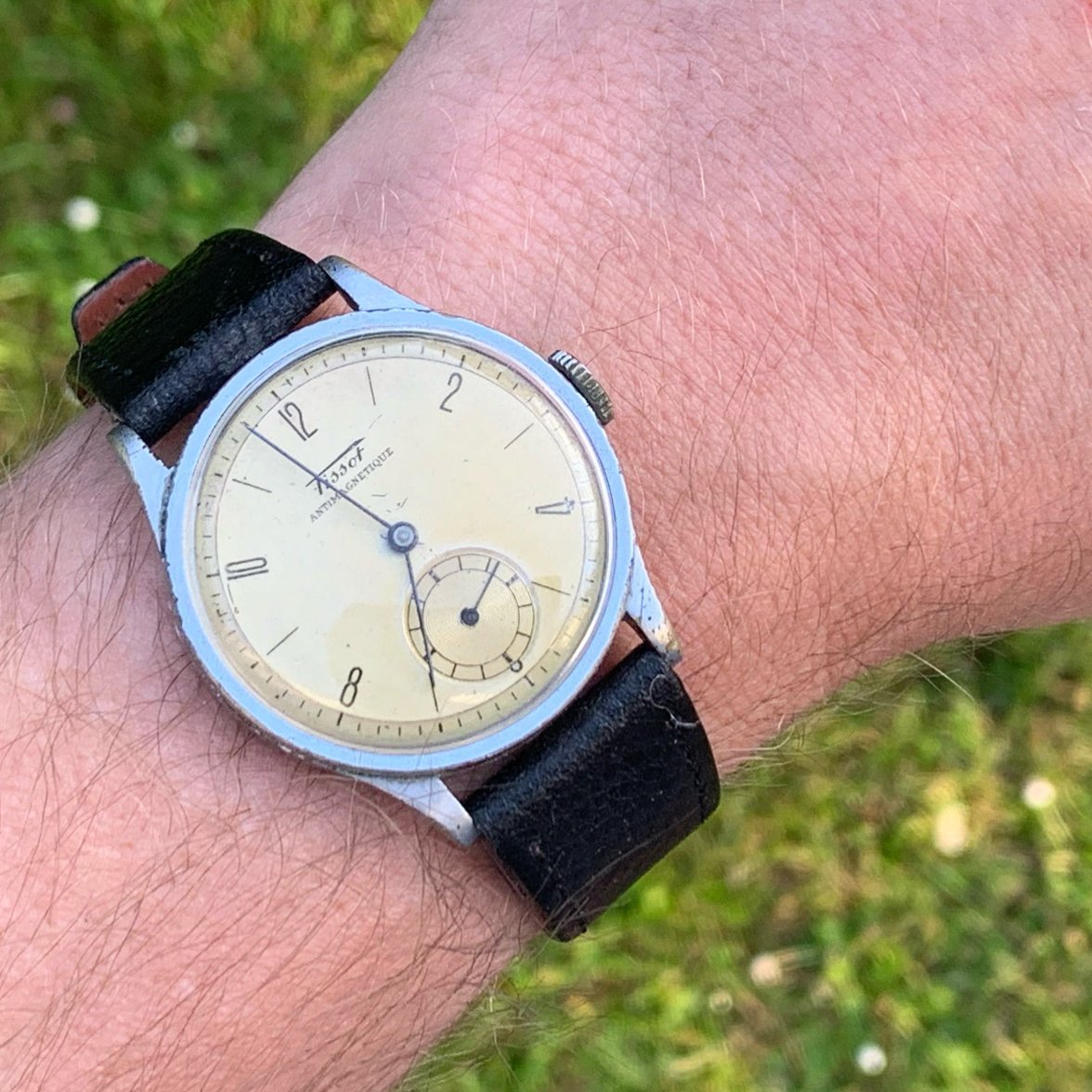
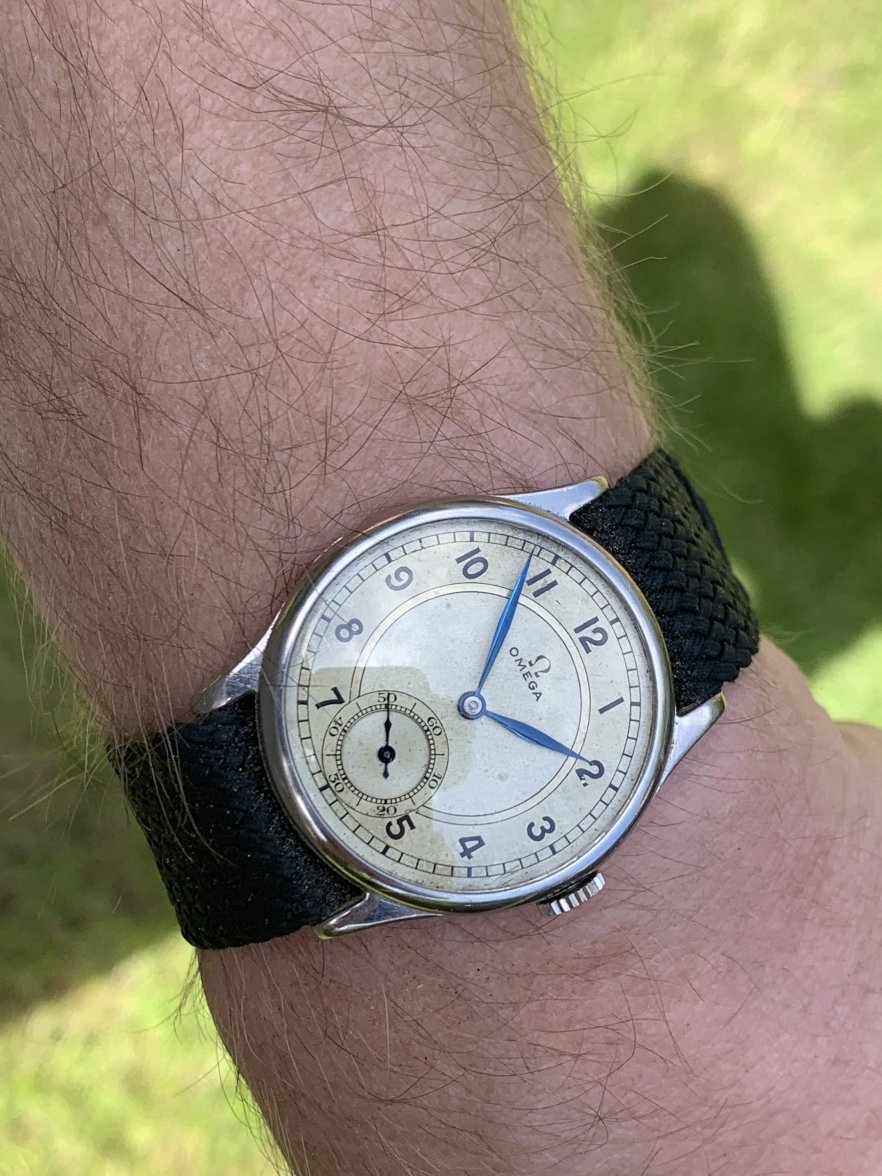
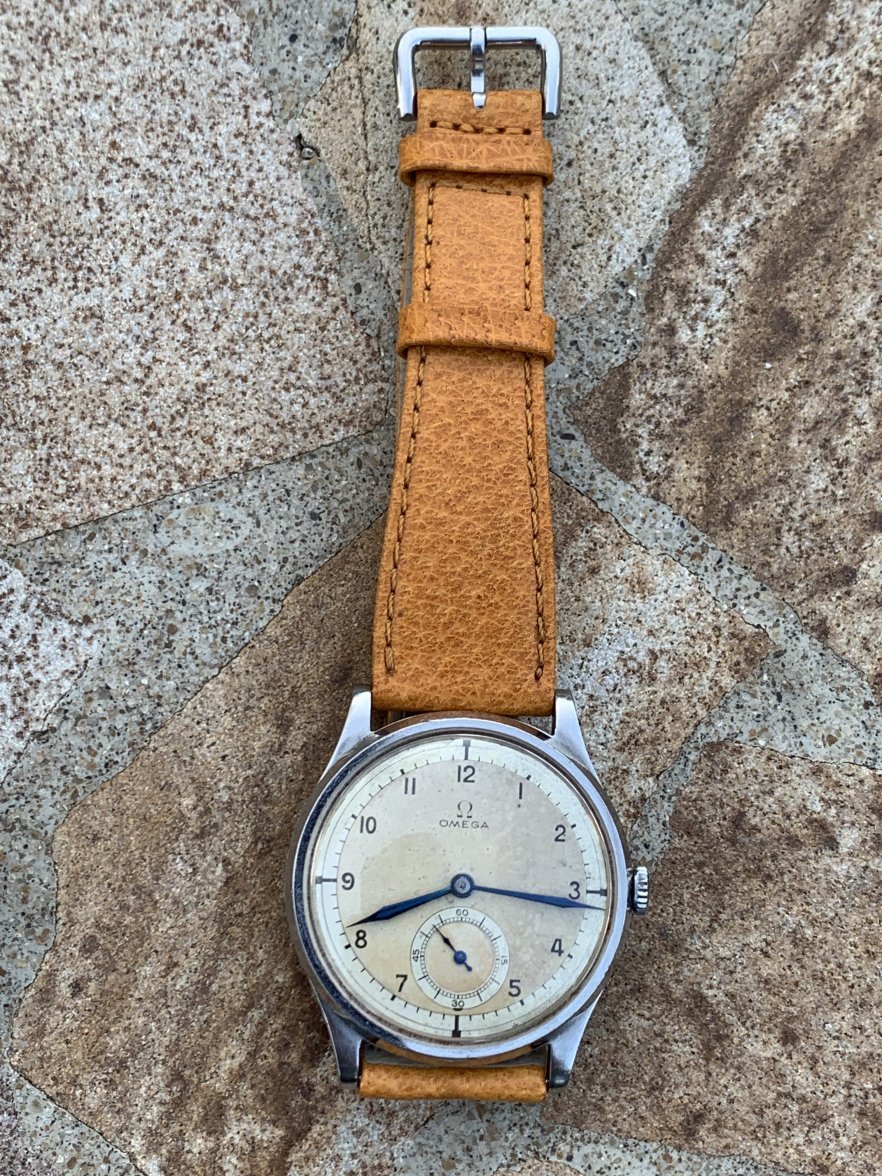
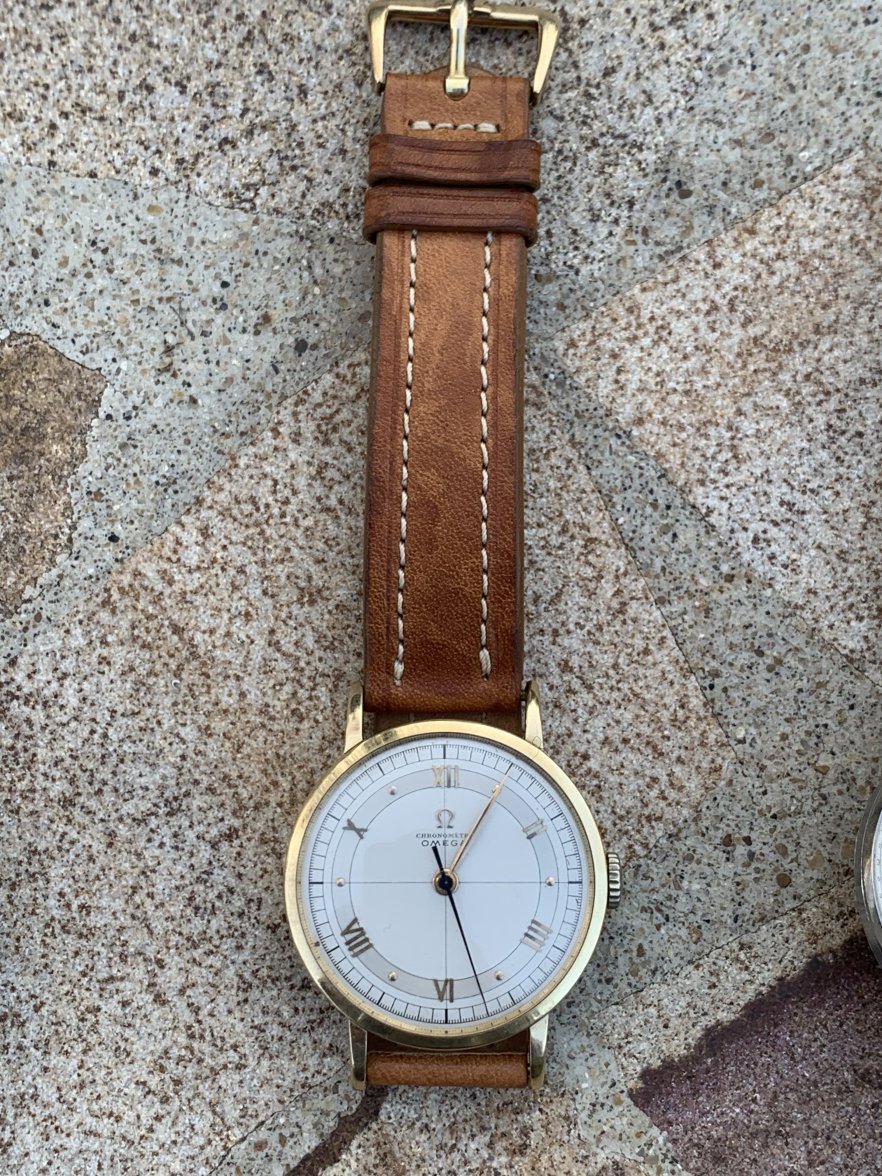
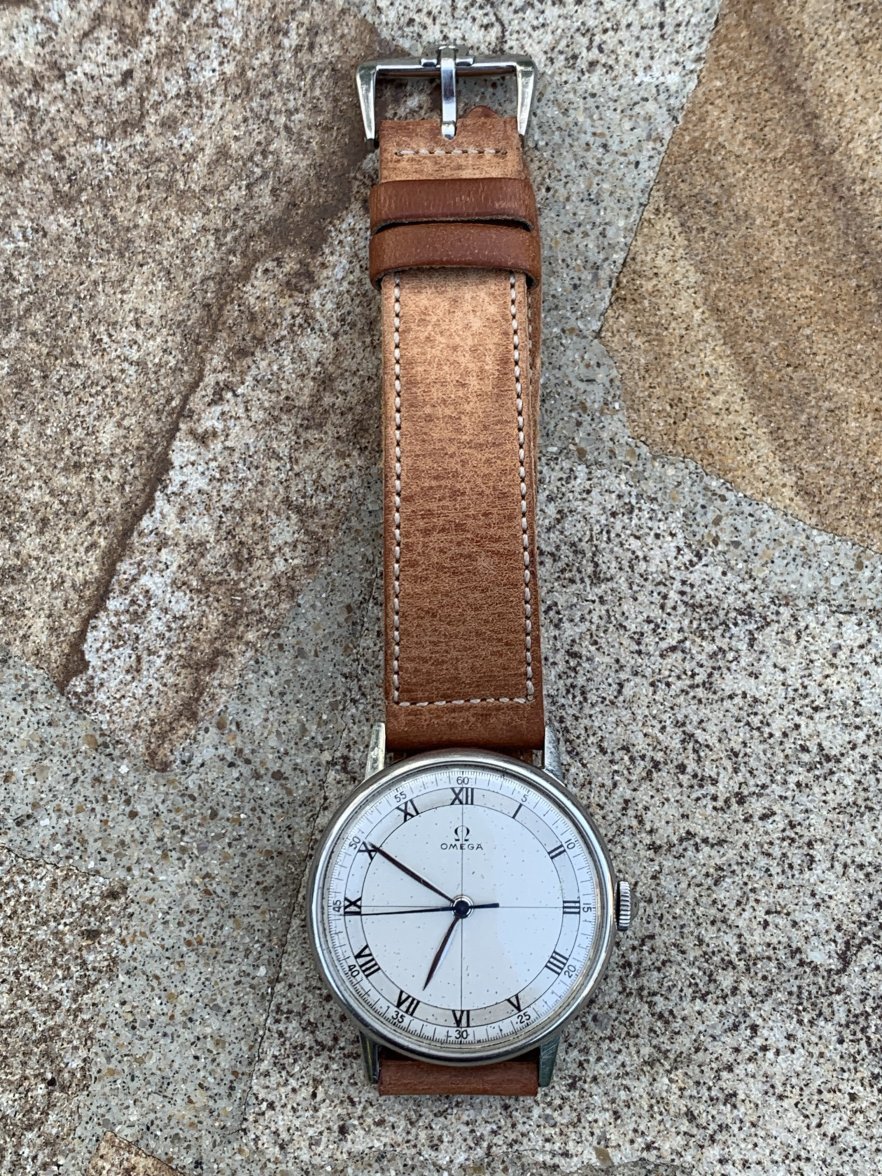
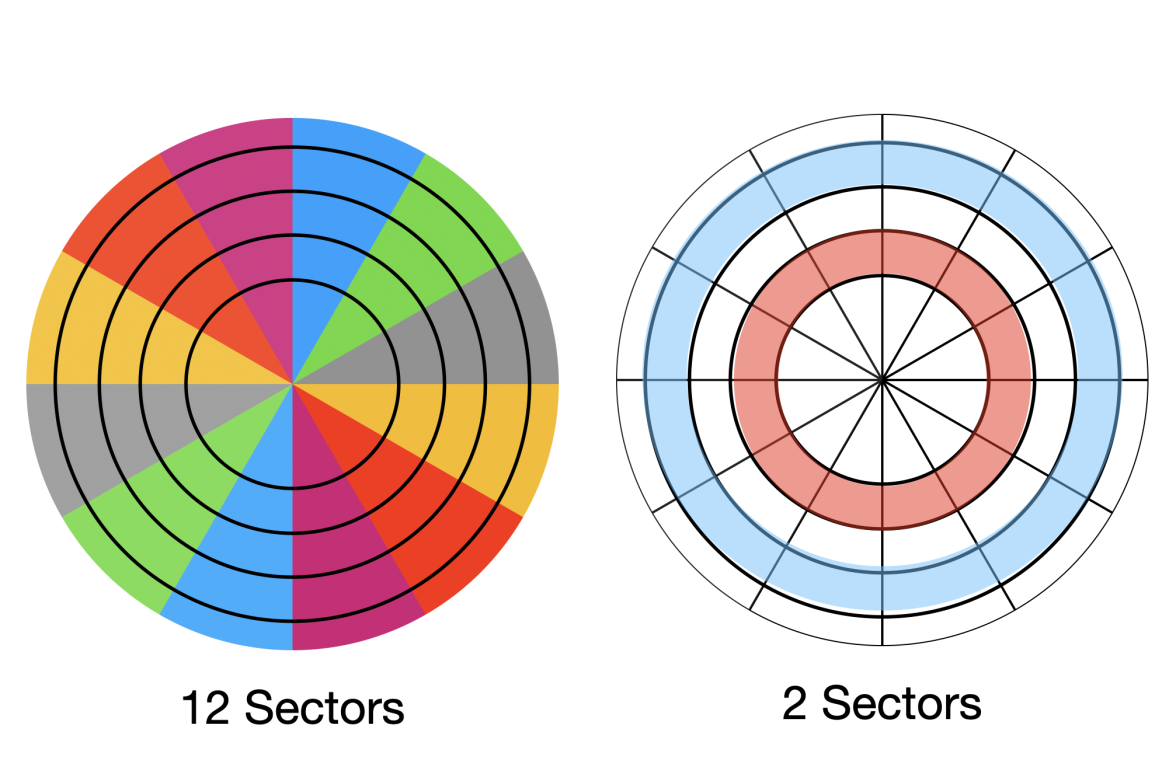
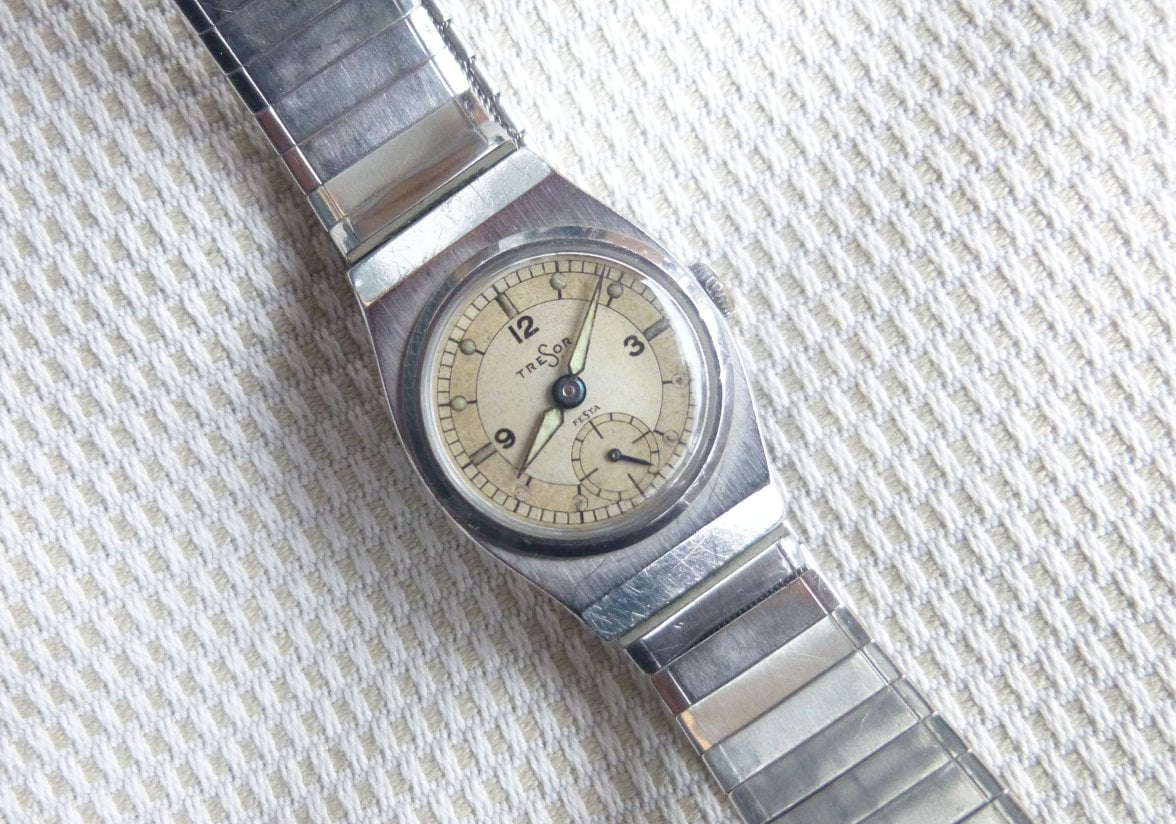
 So by the standard definition, rings have nothing to do with sectors (though they are very common on watches which are said to have sector dials).
So by the standard definition, rings have nothing to do with sectors (though they are very common on watches which are said to have sector dials).